Belief Bias: Comprehensive Guide + 10 Ways to Avoid it!
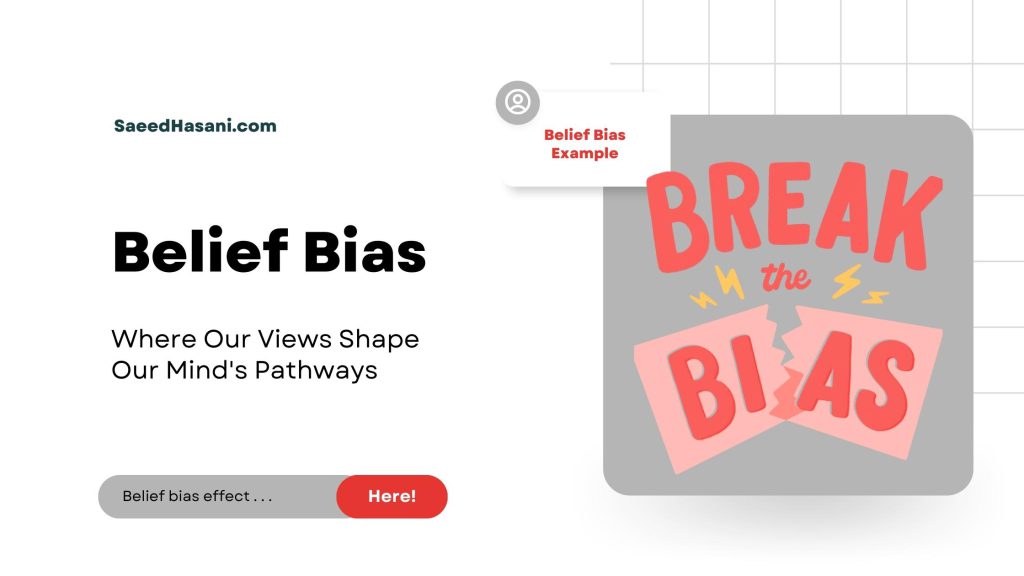
In the complex landscape of human cognition, belief bias casts a significant shadow on our decision-making processes and critical thinking abilities.
As we navigate the sea of information and debate that overwhelms our lives, our preconceived beliefs and perspectives often guide our judgments, sometimes at the expense of sound reasoning and unbiased evaluation.
This cognitive bias, known as belief bias, shapes how we interpret arguments, accept evidence, and ultimately make decisions.
In this article, we examine the domains of belief bias, its definition, its impact on decision-making, and the conditions under which it takes root. Join us to understand the nuances of belief bias and its consequences in this article.
Content Overview:
What is Belief Bias?
Belief bias is a cognitive inclination that emerges when people’s existing beliefs or viewpoints impact their thinking processes.
That can lead them to embrace or dismiss arguments and information based on whether it aligns with their preexisting beliefs rather than critically evaluating the logic or evidence presented.
In simpler terms, individuals often favor information that supports their current beliefs and reject anything that contradicts them, irrespective of the strength or credibility of the arguments.
The consequence of belief bias is flawed reasoning and suboptimal decision-making. This tendency can cause individuals to overlook valid evidence and accept weak or faulty arguments reinforcing their preconceived notions.
This bias becomes particularly problematic when critical thinking and an open-minded approach are essential, such as when dealing with intricate issues or making significant judgments. Recognizing belief bias is pivotal for cultivating rational thinking and sound decision-making.
That involves acknowledging when one’s beliefs might influence their judgment and actively striving to approach information and arguments with a neutral and impartial perspective. By doing so, individuals can navigate the cognitive biases that might cloud their reasoning and make more informed choices.
What are Syllogisms?
Syllogisms are a kind of logical reasoning that has been around for centuries, dating back to ancient Greek philosophers like Aristotle.
They are used to draw a conclusion based on two premises that are assumed to be true. Think of them as a way to structure an argument so that it follows a clear and logical pattern.
Here’s a classic example of a syllogism:
- All men are mortal. (Major premise)
- Socrates is a man. (Minor premise)
- Therefore, Socrates is mortal. (Conclusion)
In this example, if the premises are true (all men are indeed mortal, and Socrates is a man), then the conclusion (Socrates is mortal) must also be true.
Syllogisms are typically structured in three parts: the major premise, the minor premise, and the conclusion. They often involve terms that are linked in a specific way to ensure the conclusion logically follows from the premises.
Here’s another example:
- All dogs are animals. (Major premise)
- All poodles are dogs. (Minor premise)
- Therefore, all poodles are animals. (Conclusion)
When using syllogisms, it’s important to ensure that the premises are true and logically connected. Otherwise, the conclusion might be invalid, even if it seems to follow logically from the premises.
Syllogisms can also be a bit more complex, involving negative statements or more nuanced terms. For instance:
- No reptiles are mammals. (Major premise)
- All snakes are reptiles. (Minor premise)
- Therefore, no snakes are mammals. (Conclusion)
In everyday conversations and debates, understanding syllogisms can help you build strong, logical arguments and also spot flaws in other people’s reasoning. It’s like having a toolkit for clear thinking and effective persuasion!
Dual-Process Theory of Belief Bias
The Dual-Process Theory of Belief Bias is a fascinating concept that tries to explain how we evaluate arguments and make decisions, especially when those arguments involve logic and our pre-existing beliefs.
This theory suggests that our brains use two different systems for processing information: System 1 and System 2.
System 1 is the fast, automatic, and intuitive part of our brain. It works quickly and is influenced by our emotions and prior beliefs.
When you’re making snap judgments or reacting without thinking too much, that’s System 1 in action. It’s great for quick decisions and situations where speed is more important than accuracy.
System 2 is the slow, deliberate, and analytical part of our brain. It takes time to evaluate information logically and carefully.
When you’re solving a math problem, planning a project, or trying to understand a complex argument, you’re using System 2. It’s thorough and aims for accuracy but takes more mental effort.
Now, belief bias comes into play when these two systems interact. Belief bias is our tendency to accept or reject arguments based on whether the conclusions align with our existing beliefs, rather than on the strength of the logical reasoning.
Essentially, if an argument’s conclusion feels right to us, we’re more likely to accept it, even if the reasoning is flawed. Conversely, if the conclusion goes against our beliefs, we might reject it, even if the logic is sound.
Here’s where the Dual-Process Theory fits in:
- When faced with an argument, System 1 kicks in first. It quickly assesses the argument based on our gut feelings and existing beliefs.
- If System 1’s assessment matches our beliefs, we tend to accept the argument without much scrutiny.
- If System 1 flags something as off (because it doesn’t align with our beliefs), System 2 might step in to analyze the argument more carefully.
However, because System 2 requires more effort, we might not always engage it fully, especially if we’re not motivated to think deeply or if we’re in a hurry. This is why belief bias can be so strong: our brains prefer the quick and easy route provided by System 1.
So, the Dual-Process Theory of Belief Bias helps explain why sometimes we accept illogical arguments just because they fit our preconceptions and reject logical ones that don’t. It highlights the tug-of-war between our intuitive, belief-driven responses and our capacity for logical, analytical thinking.
Understanding this can help us become more aware of our cognitive biases and strive to think more critically and objectively.
Why does Belief Bias Occur?
Belief bias occurs because our brains are wired to take shortcuts, especially when processing information that aligns or conflicts with our pre-existing beliefs. Let’s break down why this happens:
1. Cognitive Efficiency
Our brains are constantly bombarded with information, and processing all of it thoroughly would be exhausting and time-consuming.
To cope, we often rely on mental shortcuts, or heuristics, to make quick decisions. Belief bias is one of these shortcuts, allowing us to quickly accept information that fits with what we already know and believe.
2. Comfort Zone
We naturally prefer information that confirms our existing beliefs because it feels comfortable and reassuring. Challenging these beliefs can be unsettling and requires more cognitive effort.
It’s easier to accept information that supports our worldview than to question and possibly revise our beliefs.
3. Emotional Attachment
Beliefs are often tied to our emotions and identity. When an argument aligns with our beliefs, it feels right not just logically, but emotionally. Conversely, arguments that contradict our beliefs can feel like personal attacks, leading us to reject them more readily, regardless of their logical validity.
4. Motivated Reasoning
We tend to use motivated reasoning, meaning we search for reasons to support our desired conclusions and dismiss reasons that don’t. This means we’re more likely to accept arguments that support our beliefs and scrutinize those that don’t. Essentially, we are motivated to defend our existing beliefs.
5. System 1 and System 2 Interaction
As discussed in the Dual-Process Theory of Belief Bias, our brain uses two systems for processing information. System 1 is quick and intuitive, often influenced by our beliefs and emotions. System 2 is slower and more analytical.
When we encounter information, System 1 provides an immediate, belief-based response. Engaging System 2 to analyze this information more critically takes effort, which we might not always be willing or able to exert, especially if System 1’s quick assessment feels satisfactory.
6. Social and Cultural Influences
Our beliefs are shaped by our social and cultural environments. Accepting information that aligns with these beliefs helps us fit in and gain approval from our social groups.
This social reinforcement strengthens our tendency to favor information that confirms our beliefs and rejects information that challenges them.
Putting It All Together
Belief bias happens because it’s a way for our brains to process information quickly and maintain cognitive and emotional comfort. It allows us to navigate the world efficiently but can also lead us to make illogical or biased decisions.
Being aware of belief bias can help us recognize when we’re relying too heavily on our existing beliefs and encourage us to engage our analytical thinking skills more fully, leading to more objective and balanced judgments.
Belief Bias Effect
The belief bias effect is a cognitive phenomenon where people’s established beliefs or opinions play a significant role in assessing logical arguments, even if those arguments have no direct connection to their beliefs.
Simply put, individuals are more likely to perceive an argument as valid if it aligns with their beliefs, regardless of its logical consistency or the evidence it presents. Conversely, they tend to reject arguments that contradict their beliefs, even if these arguments are logically solid and well-supported.
This cognitive bias can lead to flawed reasoning and suboptimal decision-making. It prevents individuals from objectively evaluating the quality of arguments and evidence.
Instead, they give precedence to their preexisting beliefs. As a result, they might miss valid counterarguments or accept weak arguments that align with their viewpoints.
Recognizing and understanding the belief bias effect is crucial for cultivating critical thinking and making well-informed choices. By acknowledging this bias, individuals can strive to approach arguments and information with an open and unbiased mindset.
They can objectively assess the logic and evidence, ensuring that their decisions are grounded in rational analysis rather than being swayed solely by their current beliefs.
This awareness is precious in various situations, including discussions, debates, and solving complex problems, as it promotes more effective decision-making.
Belief Bias Example
Consider a scenario involving Tom, who firmly believes that organic food consistently surpasses conventionally grown alternatives regarding health benefits. One day, Tom encounters two contrasting arguments:
Argument 1: “Extensive research reveals that organic vegetables boast elevated nutrient levels and lower pesticide residues than conventionally grown vegetables. Therefore, opting for organic vegetables promotes better health.”
Argument 2: “Studies indicate that the nutrient content of both organic and conventionally grown vegetables is comparable. However, conventionally grown vegetables are more cost-effective and readily accessible, making them a pragmatic choice.”
Despite the evidence-based foundation of Argument 2, Tom is inclined to embrace Argument 1 due to their preexisting conviction in the health superiority of organic food. This phenomenon exemplifies the belief bias effect.
Despite the potential validity of Argument 2, Tom’s preconceived notion about organic food’s advantages influences their assessment of the arguments.
They are predisposed to favor the argument that aligns with their belief while dismissing the opposing argument, regardless of the soundness of its logic or the evidence provided.
In this instance, the belief bias effect prompts Tom to prioritize their existing belief over objective analysis, potentially impeding their decision-making process and hindering them from impartially considering alternative perspectives.
In What Conditions Do People Suffer from Belief Bias?
People often encounter belief bias when their existing beliefs or viewpoints come into play while assessing logical arguments or information. Several factors contribute to the emergence of belief bias:
Confirmation Bias
When individuals actively search for information that aligns with their beliefs and disregard opposing evidence, belief bias can take hold. This tendency reinforces their initial convictions and shapes their assessment of arguments.
Dealing with Complexity or Ambiguity
Belief bias becomes more evident when dealing with intricate or unclear subjects. In such cases, individuals may rely on their existing beliefs as shortcuts to navigate complex information. That can lead them to accept arguments that align with their beliefs without critically examining the logic.
Personal Investment
Belief bias tends to surface when individuals have a personal or emotional stake in their beliefs. Emotional attachment to these beliefs can overshadow objective argument assessment, causing a preference for arguments that support their views.
Cognitive Load
Mental fatigue or information overload can prompt individuals to rely on their existing beliefs to process arguments quickly. That might lead to overlooking the coherence of arguments and giving more weight to those that align with their beliefs.
Firmly Held Beliefs
Deeply ingrained beliefs significantly influence how individuals evaluate arguments. The strength of the belief determines the likelihood of favoring arguments that align with it and rejecting contradictory arguments.
Lack of Critical Thinking
Individuals with underdeveloped critical thinking skills are more susceptible to belief bias. They often rely on their beliefs as a default decision-making guide without the ability to objectively assess argument quality and evidence.
Social Influence
Social factors can exacerbate belief bias. When individuals are surrounded by like-minded peers, groups, or communities, the pressure to conform to shared beliefs can lead to biased reasoning and a tendency to accept arguments in line with the group’s consensus.
Information Overload
When individuals face overwhelming information, they might use their beliefs as mental shortcuts to make sense of it. That can hinder their ability to evaluate arguments and make rational choices critically.
Being aware of these factors enables individuals to identify situations where belief bias might arise and take measures to counter its effects.
Engaging in critical thinking, considering alternative viewpoints, seeking diverse sources of information, and evaluating arguments based on logic and evidence are all strategies to diminish the impact of belief bias.
How to Avoid Belief Bias?
Avoiding belief bias is all about developing habits and strategies that help you think more critically and objectively. Here are some practical tips to help you minimize the influence of belief bias in your thinking:
1. Awareness is Key
The first step is simply being aware that belief bias exists. Understanding that your pre-existing beliefs can influence your judgment helps you recognize when it might be happening.
2. Engage System 2 Thinking
Make a conscious effort to engage in more analytical and deliberate thinking (System 2). When you encounter new information or arguments, take a step back and analyze the logic and evidence, rather than relying on your initial gut reaction (System 1).
3. Question Your Assumptions
Actively question your own beliefs and assumptions. Ask yourself why you believe what you believe, and consider whether your beliefs are based on solid evidence or just familiarity and comfort.
4. Seek Out Diverse Perspectives
Expose yourself to different viewpoints and opinions. Reading, listening to, and engaging with perspectives that challenge your beliefs can help you see things from different angles and reduce the tendency to accept only information that aligns with your existing beliefs.
5. Practice Critical Thinking
Develop your critical thinking skills by regularly practicing activities that require analysis and evaluation, such as solving puzzles, debating, or engaging in thoughtful discussions. This helps train your brain to think more critically and less emotionally.
6. Take Your Time
Avoid rushing to conclusions. Give yourself time to process information and reflect on it before making a judgment. This can help you move beyond your initial, belief-based reactions and consider the evidence more thoroughly.
7. Use the “Devil’s Advocate” Approach
Intentionally argue against your own beliefs. By considering the strongest arguments against your position, you can identify potential weaknesses in your reasoning and gain a more balanced perspective.
8. Check the Evidence
Focus on the quality and relevance of the evidence supporting an argument. Is the evidence reliable? Is it sufficient to support the conclusion? By emphasizing evidence over belief, you can make more objective judgments.
9. Reflect on Past Decisions
Think back on past decisions and judgments. Were there times when belief bias might have influenced your thinking? Reflecting on past experiences can help you recognize patterns and improve future decision-making.
10. Stay Open-Minded
Cultivate an open-minded attitude. Be willing to change your mind when presented with new evidence or compelling arguments. Remember that changing your mind based on better information is a sign of strength, not weakness.
Practical Example
Imagine you’re reading an article about a controversial topic. Before you accept or reject the arguments, try these steps:
- Pause and Reflect: Take a moment to recognize your initial reaction.
- Analyze the Argument: Break down the argument into its premises and conclusion. Assess the logic.
- Check the Evidence: Look at the evidence provided. Is it credible and relevant?
- Consider Opposing Views: Read an article or opinion piece from a different perspective on the same topic.
- Reflect on Your Biases: Think about how your pre-existing beliefs might be influencing your judgment.
By consistently applying these strategies, you can become more aware of belief bias and better equipped to make logical, unbiased decisions. It’s all about developing habits that encourage thoughtful, evidence-based reasoning.
Conclusion
As a result, belief bias is a cognitive tendency that significantly affects people’s thought processes and causes them to prioritize their existing beliefs or views when evaluating arguments and information.
As a result, belief bias can lead to faulty reasoning and suboptimal decision-making, especially in scenarios where critical thinking and unbiased judgment are necessary.
The example of Tom and his preference for organic food shows how the belief bias effect can influence decision-making. In this example, Tom’s preconceived belief affects their evaluation of the arguments, leading them to prefer the argument that matches their view, despite the evidence presented.
Several conditions contribute to the emergence of belief bias, including confirmation bias, complex or ambiguous issues, personal investment in beliefs, cognitive load, strong beliefs, lack of critical thinking skills, social influence, and information load.
Knowing these conditions can help people identify situations where belief bias may occur and take steps to reduce its effects.

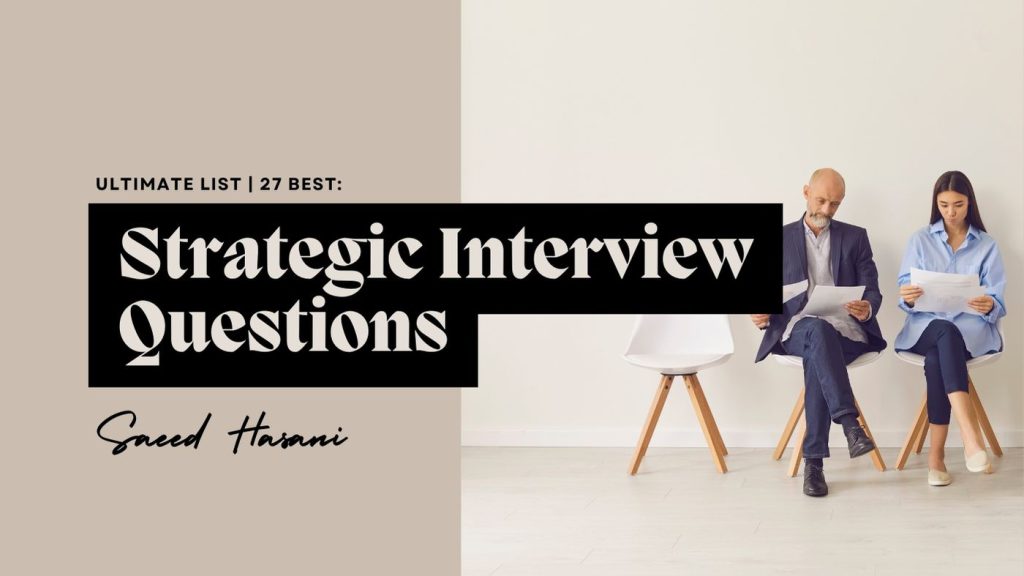

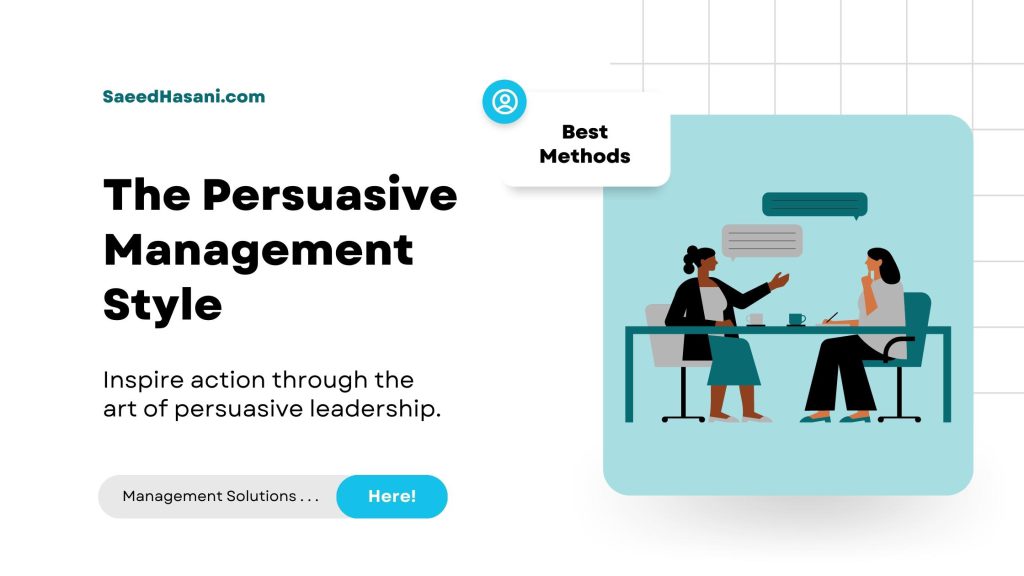
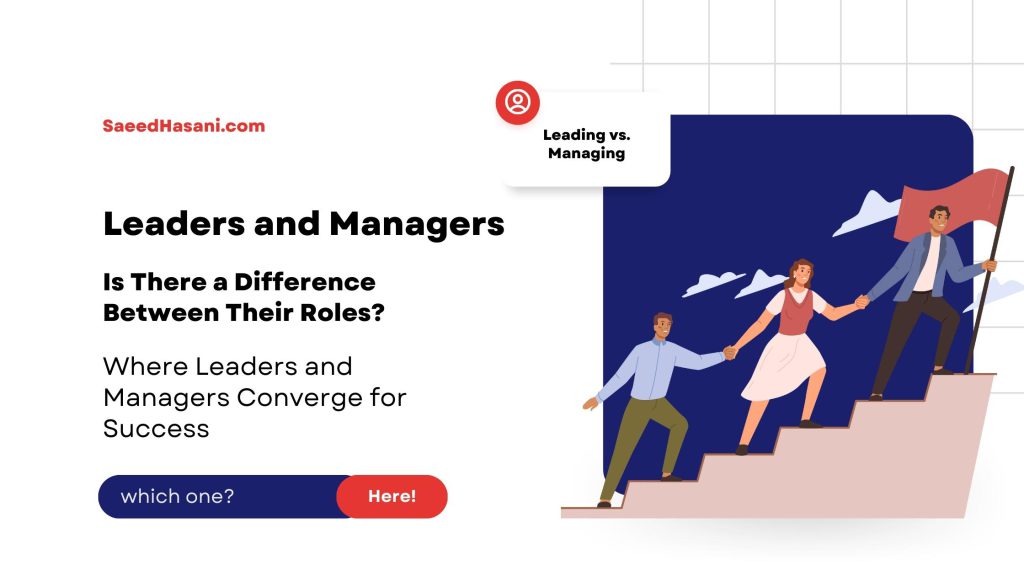
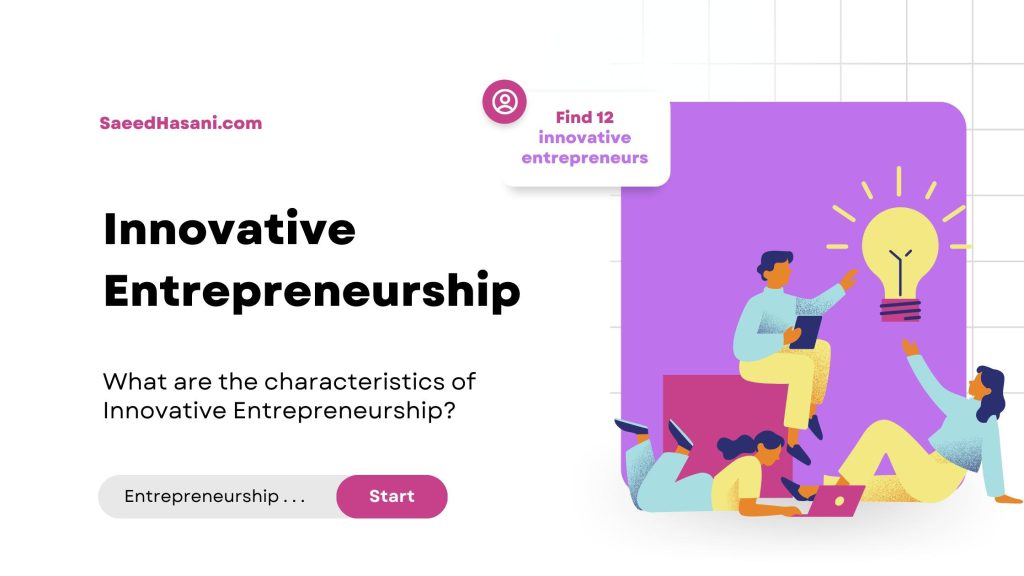

Responses